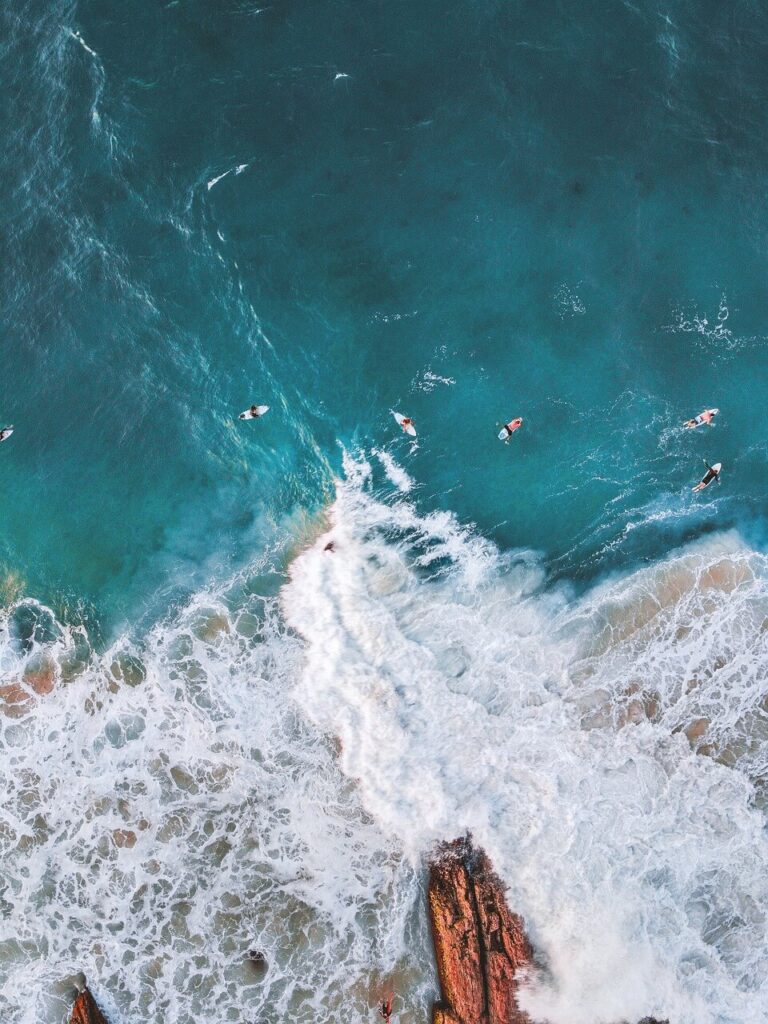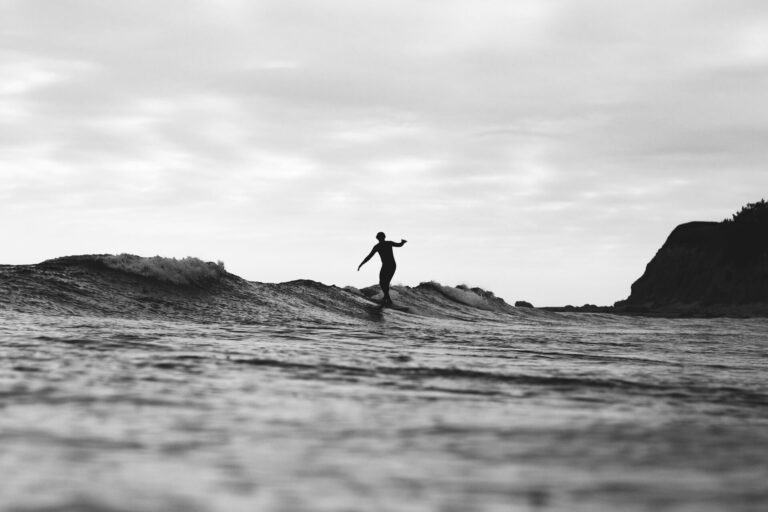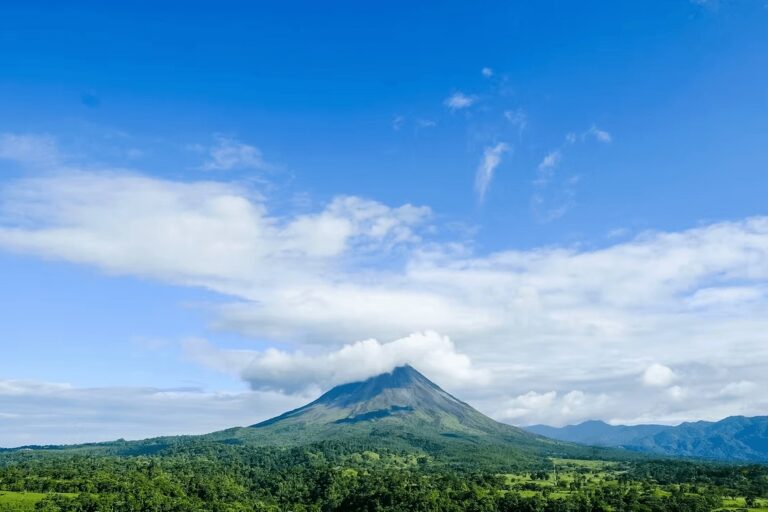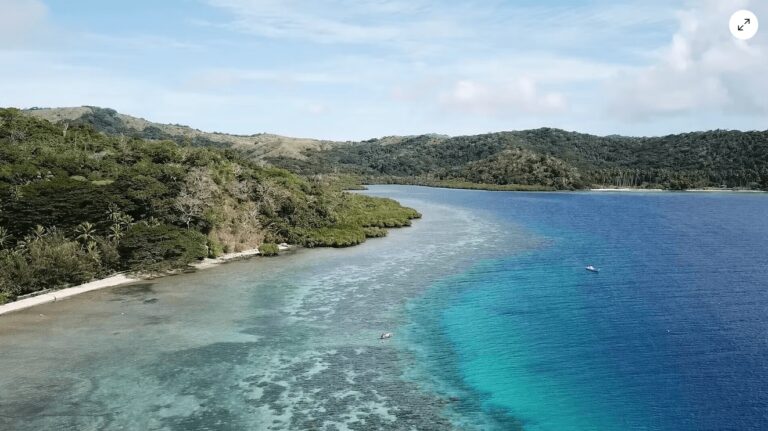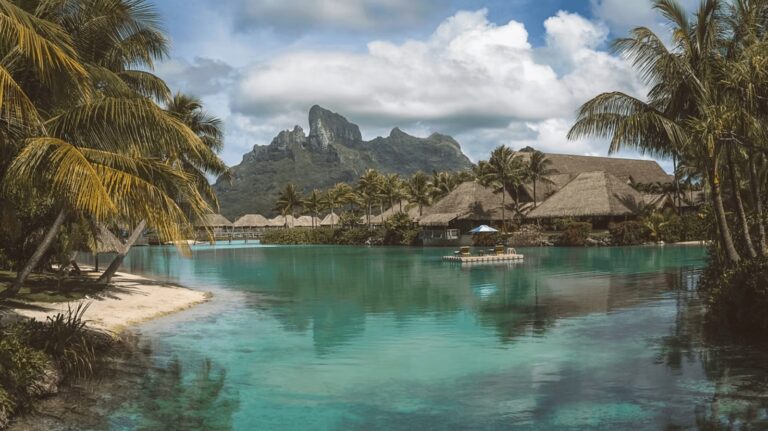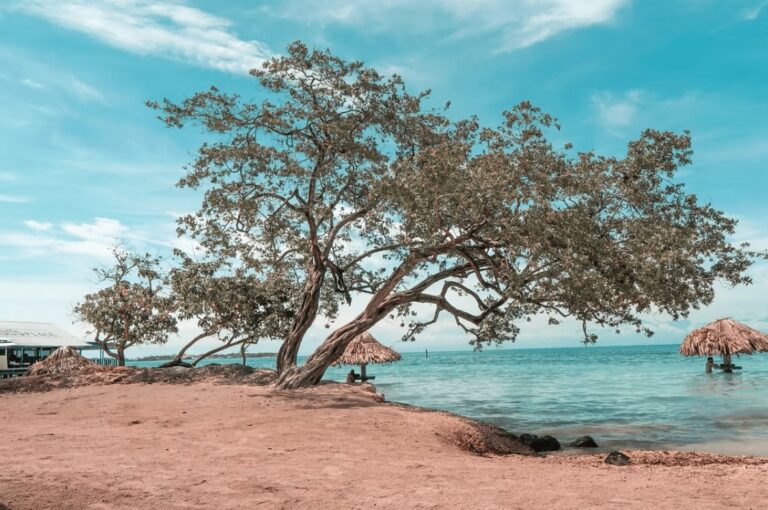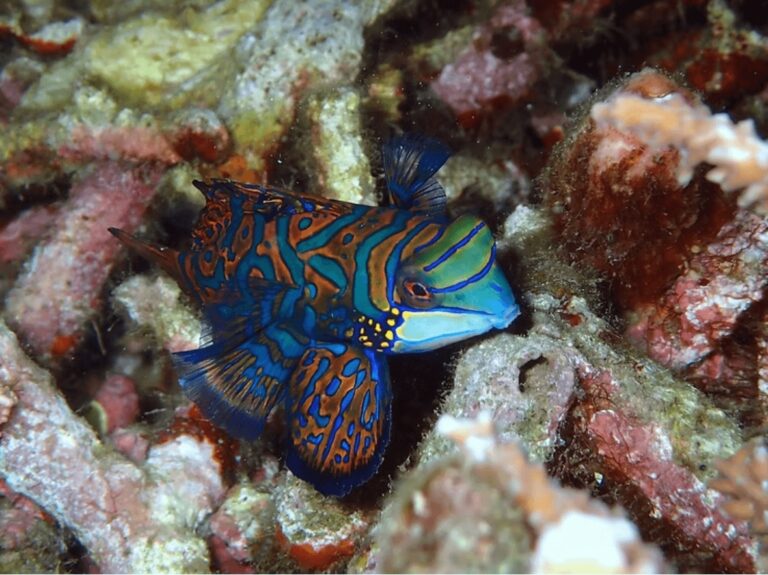Diving in the Derawan Islands: Best dive sites + eco-friendly resorts
Want to plan an eco-friendly dive trip to the Derawan Islands? Discover everything you need to know about diving in the Derawan Islands, including the best dive sites and eco-dive resorts to help you plan a sustainable scuba vacation in Borneo.
Offering incredible encounters with manta rays, whale sharks and schools of barracuda (not to mention exceptional muck diving and a jellyfish-filled lake), the Derawan Islands are among the most exciting dive destinations in Indonesia.
Scattered off the northeastern coastline of Kalimantan in Indonesian Borneo, these remote reefs and atolls have remained relatively off the beaten path, only visited by divers willing to make the long journey to get there. But the rewards, in our opinion, are more than worth it!
While the archipelago consists of more than 30 islands, the most well-known for Derawan Islands diving are Derawan, Kakaban, Maratua and Sangalaki. They encompass a huge diversity of habitats, from mangrove-fringed coastlines to dramatic walls and sprawling reefs that support an extraordinary array of marine life.
Diving in the Derawan Islands is a bucket list scuba adventure, filled with once-in-a-lifetime encounters amidst magnificent underwater scenery.
Due to the archipelago’s remote setting, most Derawan dive centres operate in the most eco-friendly manner possible. This is to ensure their impact on the surrounding environment and marine life is kept to an absolute minimum.
In this article, discover everything you need to know about scuba diving in the Derawan Islands, including eco-friendly resorts and dive centres in Derawan. We’ll share information on how to get there and the best time to visit, as well as some of the best islands for diving in East Kalimantan.
Planning a dive trip to Southeast Asia? Check out our scuba guides to Indonesia, Malaysia, Thailand, Myanmar and the Philippines.
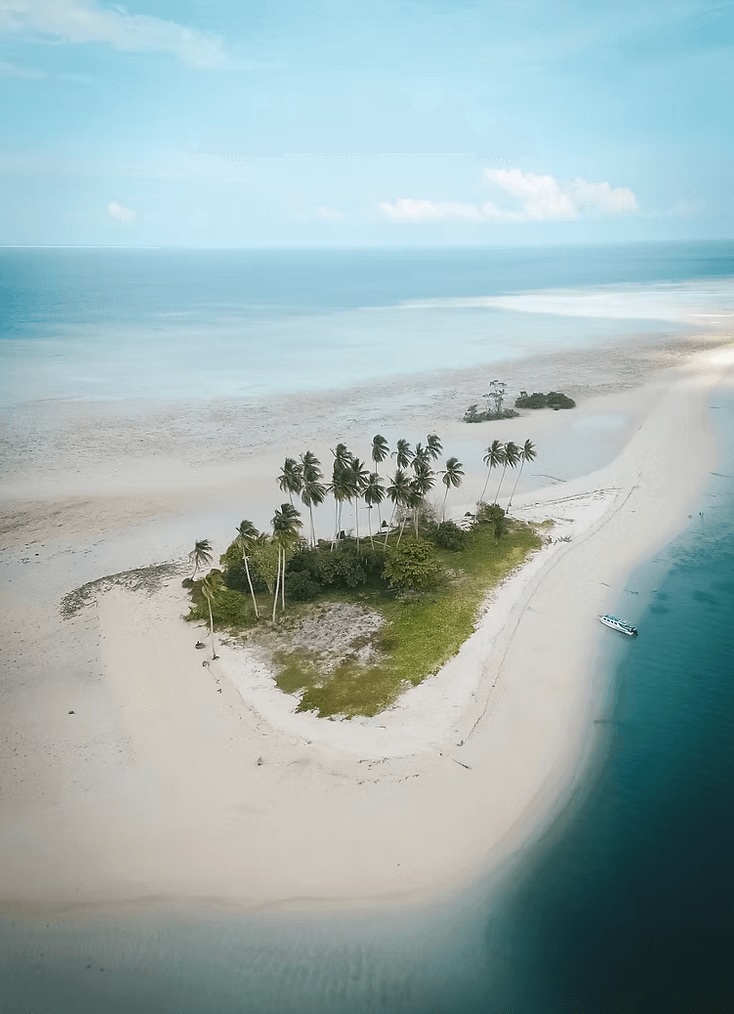
This article contains affiliate links, which means when you make a purchase through that link, we earn a small commission. Affiliate links come at no cost to you and ensure our content remains free!
What to see diving the Derawan Islands
With more than 460 species of corals and over 870 different fish recorded here, the diversity of marine life in the Derawan Islands is truly staggering.
It’s the combination of currents flowing between the Java and Celebes Seas, plus a huge variety of different habitats, that allow such abundance to thrive.
In addition to big icons such as giant sea turtles, manta rays and whale sharks, you may encounter pygmy seahorses, rare octopuses and exotic cuttlefish. Both thresher and tiger sharks have been observed while diving in the Derawan Islands, together with bumphead parrotfish and large schools of trevally.
A highlight of any visit is exploring “Jellyfish Lake”, a landlocked body of water that’s home to millions of stingless jellyfish.
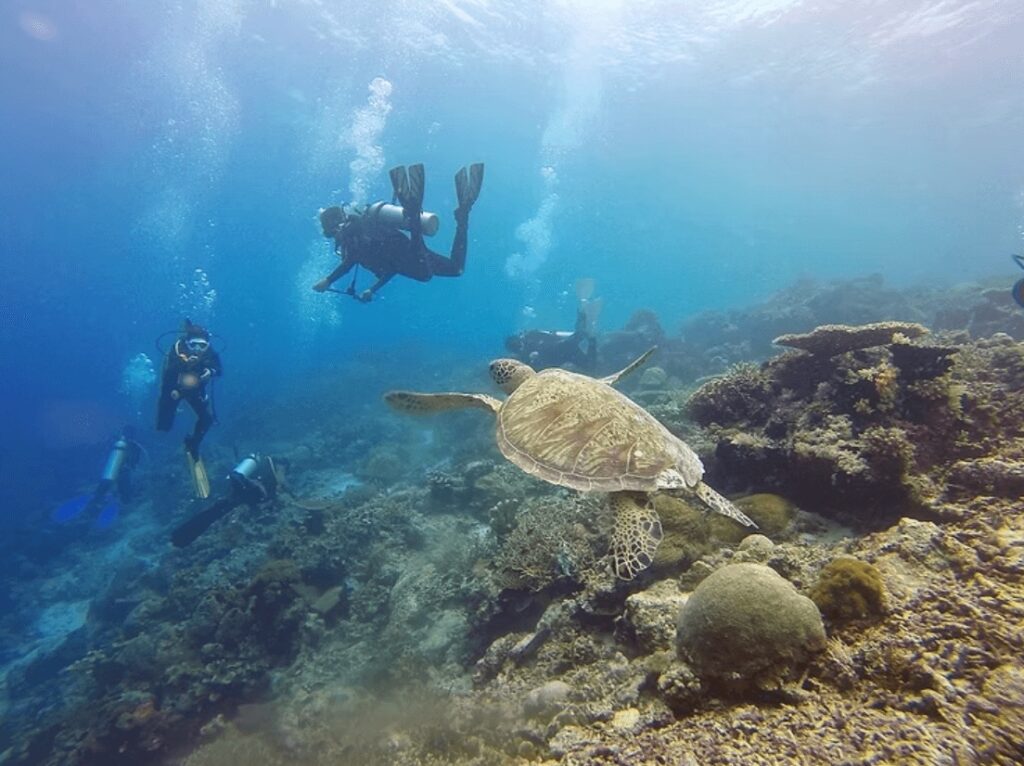
Best places to dive in the Derawan Islands
Pulau Derawan
Best place for muck diving in Derawan Islands
While the waters around Palau Derawan may have lower visibility than other islands in the archipelago, they are renowned for their exceptional macro life. Here you can expect to see everything from pygmy seahorses and ghost pipefish to harlequin shrimp, flamboyant cuttlefish and frogfish.
Time your dive vacation to Derawan around the new moon. During this period, you may observe whale sharks as they gather around the “bagan” fishing platforms to feed on anchovies.
Pulau Sangalaki
Best place for manta ray diving in Derawan Islands
Not only is Pulau Sangalaki home to one of the largest known nesting sites for endangered green sea turtles in the Celebes Sea. But it is surrounded by healthy reefs and is a wonderful place to dive with broadclub cuttlefish.
There are also reliable sightings of manta rays here, making it a sought-after destination for diving in Derawan.
Above water, you can visit a turtle nursery operated by the local government.
Pulau Kakaban
Best place for shark diving in Derawan Islands
With its dramatic dropoffs and strong currents, Pulau Kakaban is the place for shark diving in the Derawan archipelago. Aside from reef sharks patrolling the caves, you may also spot leopard sharks and the occasional hammerhead. Aptly named “Barracuda Point” is also a highlight.
Kakaban is particularly renowned for its brackish lake filled with stingless jellyfish, which can be reached via a short hike through the jungle.
Pulau Maratua
Best place for uncrowded diving in Derawan Islands
Partially surrounded by a lagoon, Pulau Maratua is blissfully uncrowded due to its remote setting on the edge of the Derawan archipelago. Marutua Island diving is notable for its dramatic walls, spectacular reefs and strong currents. The latter attract large schools of barracudas and grey reef sharks, particularly at “The Channel”.
Schooling eagle rays are also regularly spotted here, together with bumphead parrotfish, LOTS of turtles and occasional thresher sharks. To the southeast of the atoll is Pulau Sambit, one of the best places for spotting tiger sharks in the Derawan archipelago.
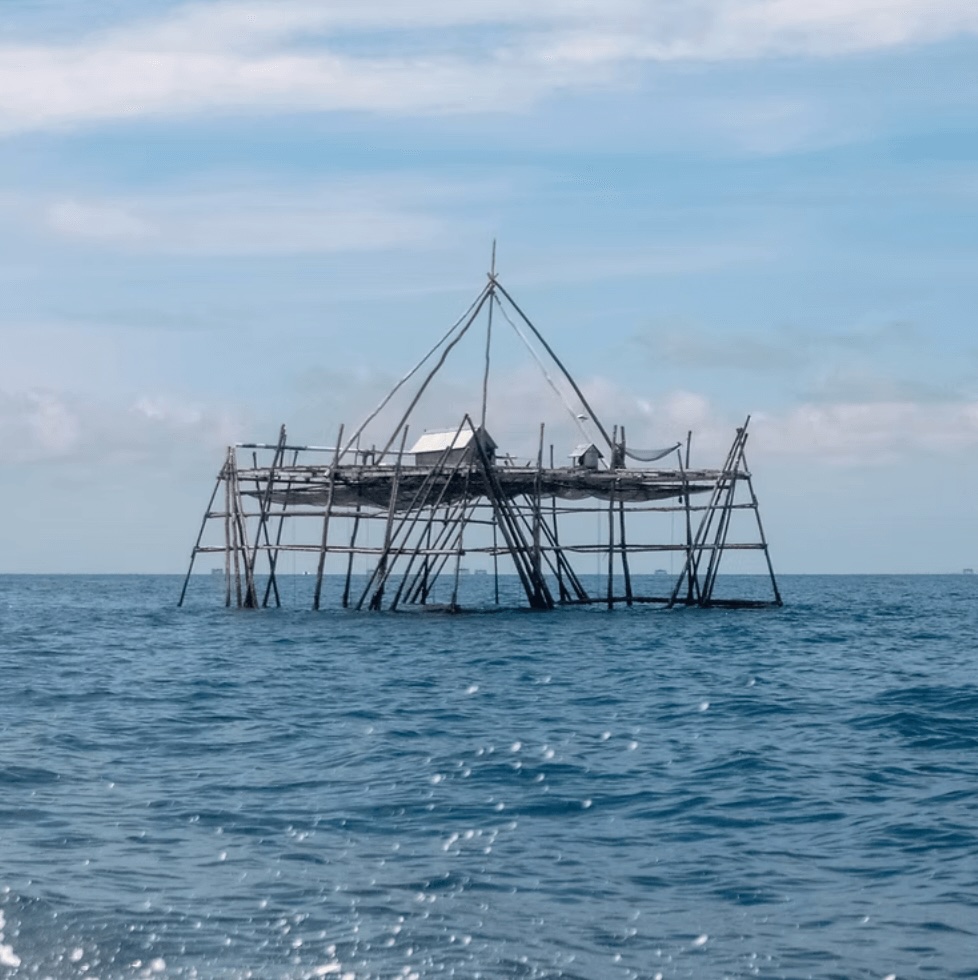
Eco-friendly dive resorts in the Derawan Islands
In recent years, a number of dive resorts have sprung up across the Derawan Islands, offering everything from luxury stays to backpacker-friendly accommodation. Due to their remote setting and the fragility of the natural environment, sustainability is at the fore of operations.
Nabucco Dive Resort
Surrounded by Maratua’s idyllic lagoon is this eco-friendly Maratua dive resort. It receives rave reviews for its peaceful setting, delicious meals and rustic waterfront bungalows. When you’re not out diving, you can participate in cooking classes, embark on a village tour or indulge in a spa treatment.
Sustainability credentials at Nabucco Dive Resort include the harvesting of rainwater and solar energy, as well as an onsite water treatment plant.
“Best all-around diving experience so far!” (read more reviews here)
Virgin Cocoa
Constructed using sustainably sourced materials, this eco-friendly dive resort in Derawan forms part of the beautiful Maratua Atoll. It not only offers world-class diving on and around its expansive house reef but also daily yoga classes, massages and other mindfulness offerings.
Aside from its 18 luxuriously appointed bungalows, there’s a swimming pool and a restaurant serving healthy and balanced dishes.
“Virgin Cocoa is an island paradise that is 100% an experience of a lifetime.” (read more reviews here)
Scuba Junkie Sangalaki
Scuba Junkie has long had an ethos centred around sustainability and its Sangalaki property is no exception. It features a variety of overwater accommodations to suit all budgets (including dorms and private rooms), as well as outstanding dive facilities and highly experienced guides.
As a PADI 5-star dive resort, this Sangalaki resort offers everything from daily dive trips to PADI courses.
“Absolutely an amazing set of islands and this dive resort is the best there is.” (read more reviews here)
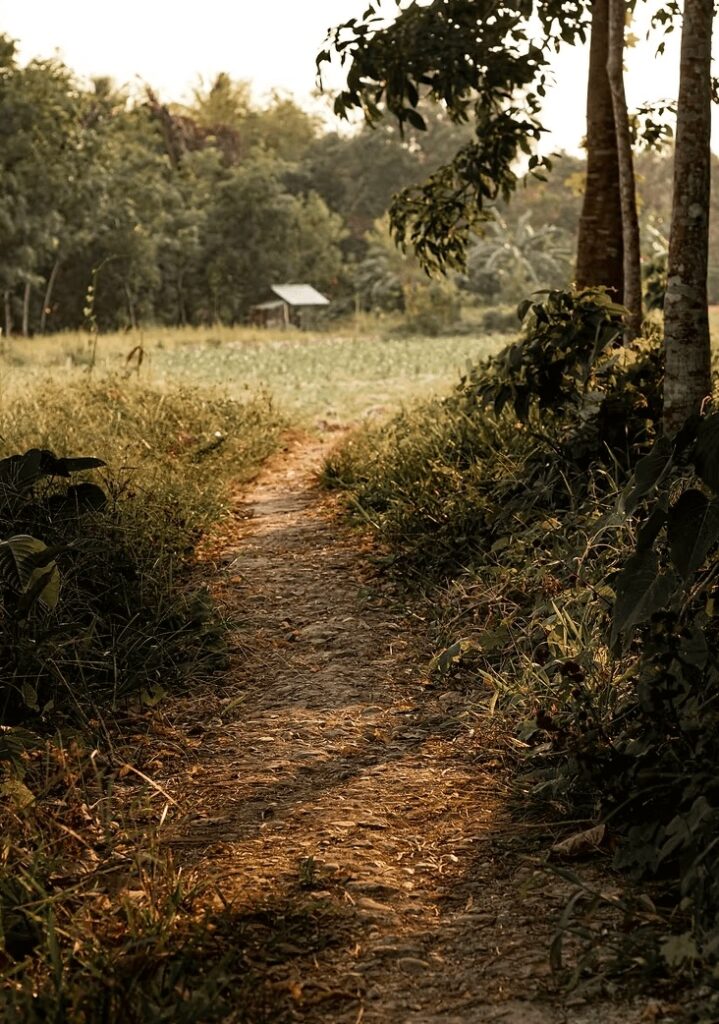
Best time to dive in the Derawan Islands
The Derawan Islands experience a relatively stable climate year-round, with temperatures between 23 and 32ºC (73 and 90°F). That being said, there’s a distinct dry season from March through October and a wetter period from November through February.
You can dive in the Derawan Islands year-round. The exception is the month of January when stormy conditions can cause some resorts to temporarily close for routine maintenance.
But for the vast majority of the year, the diving in Derawan remains incredible. Visibility ranges from 10 to 15 metres around the islands of Derawan and Samama, 15 to 25 metres at the sites surrounding Sangalaki and Kakaban and 15 to 30 metres or more at Maratua.
Coincide your visit with the new moon to witness the gatherings of whale sharks near Derawan Island.
The water temperature, which hovers around 28°C (82°F), means you can comfortably dive in Derawan in just a 3mm wetsuit or even a lightweight rash guard.
How to get to the Derawan Islands
The best way to reach the Derawan Islands is to fly from Singapore to Balikpapan in East Kalimantan with Scoot airlines. Alternatively, you can fly from Jakarta, Surabaya or Denpasar to Balikpapan with Garuda Indonesia or Lion Air.
From Balikpapan, you’ll need to take a connecting flight with Wings Air, CitiLink or Lion Air to Tanjung Redeb, which is the main administrative hub in Berau.
Boats are available in Tanjung Redeb to transfer you to the Derawan Islands. Alternatively, some Maratua dive resorts provide charter flights from Balikpapan.
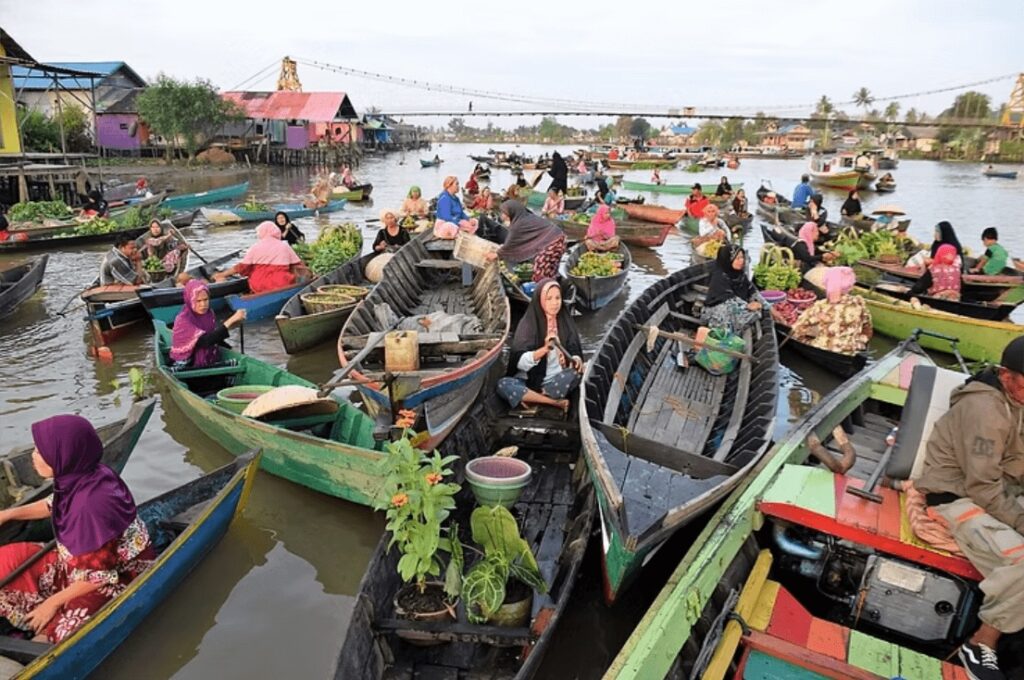
FAQs about diving in the Derawan Islands
When is the dive season in the Derawan Islands?
The Derawan Islands enjoy a fairly consistent climate throughout the year, with temperatures ranging from 23 to 32ºC (73 to 90°F). There is a clear dry season that lasts from March to October, followed by a wetter period for the rest of the year.
Diving is possible all year long, except in January, when stormy weather may lead some resorts to close temporarily for maintenance.
How is the visibility in the Derawan Islands?
For most of the year, diving conditions in the Derawan Islands are fantastic. Visibility is typically between 10-15 metres around Derawan and Samama, 15-25 metres at the sites near Sangalaki and Kakaban and 15-30 metres or more at Maratua.
When to dive Maratua?
While it’s possible to dive in Maratua Atoll throughout the year, the best time to go is between March and October, during the dry season. Not only are the waters calmer and the rain minimal at this time of year, but the visibility tends to be at its best.
Some Maratua dive resorts and Maratua dive centres will close for a month during the wet season for annual maintenance.
How do you get to the Derawan Islands?
To get to the Derawan Islands, you can catch a Scoot flight from Singapore to Balikpapan in East Kalimantan. Alternatively, Garuda Indonesia and Lion Air offer flights from Jakarta, Surabaya or Denpasar to either Balikpapan or Tarakan.
After that, you can hop on a connecting flight with Wings Air, CitiLink or Lion Air to Tanjung Redeb in Berau.
Once you arrive, boats will be available to take you to the islands. Alternatively, some dive resorts in Maratua offer charter flights from Balikpapan.
What is the nearest airport to Derawan?
The nearest airport to the Derawan Islands is Kalimarau Airport (BEJ), which serves Tanjung Redeb in the Berau Regency. Juwata Airport (TRK) in Tarakan can also serve as a gateway for reaching the Derawan Islands. Direct ferries and charter boats are available from here.
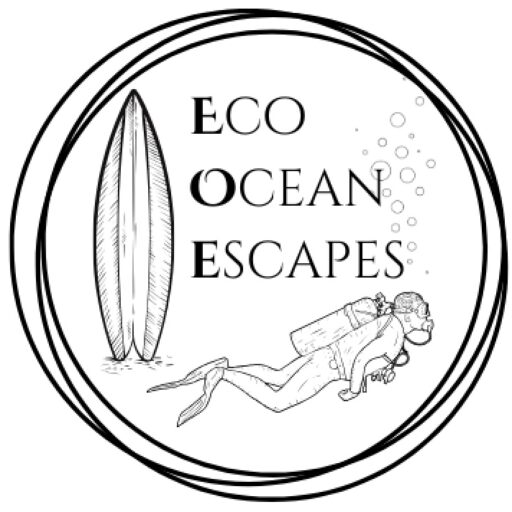
PLAN YOUR TRIP WITH OUR FAVOURITE RESOURCES:
Find hotels and resorts via Booking or Agoda
Book tours and experiences via Viator or GetYourGuide
Find a rental car via Discover Cars
Book flights via Kiwi or Booking
Search for buses and trains via 12Go or Omio
Get travel insurance via SafetyWing
Buy a digital eSIM with Airalo
By purchasing through our links, you’ll be supporting our website at no additional cost to you
About the authors
We are a team of passionate divers and surfers with decades of combined experience in the water and travelling to all corners of the globe. After years of chasing waves and descending into the deep blue, we’ve created this resource to highlight sustainably run surf camps, eco-friendly dive resorts and conservation-focused ocean trips to help inspire your next adventure.
Eco Ocean Escapes was born out of a love of the ocean, an obsession with travel and a concern about the impacts of our adventures on the environments we explore. Despite the benefits that surf and dive tourism can bring to local communities, we recognised that ocean-based adventures are not always managed in a sustainable manner.
Through our articles, we hope to inspire those seeking a responsible surf or dive trip that is all about supporting local communities, preserving our coastal environments and the incredible marine species that inhabit our oceans.
-
Sustainable Surf Tourism and Respecting Local Communities
Surf tourism has exploded over the last two decades. With travel becoming more accessible and social media exposing hidden spots, once-remote breaks in Indonesia, Central America, Morocco and the Pacific Islands are now iconic stops on global surf circuits. While surf travel brings income, jobs and global attention to coastal towns, it can also disrupt…
-
Inspiring Citizen Science Projects for Surfers + How to Get Involved
As surfers, we are intimately connected to the ocean – its rhythms, its wildlife and its health. Because of this relationship, many of us are looking for meaningful ways to protect the marine environments we love. One of the simplest and most impactful ways we can do this is by joining citizen science projects. These…
-
Understanding Marine Protected Areas (MPAs): Why divers should care
If you’ve spent time underwater (as a diver or snorkeller), you’ve probably noticed something: not all sites are beacons of health. Some reefs appear vibrant and full of life, while others show signs of stress – broken coral, few fish or algae-covered rocks. One of the biggest factors shaping the health of our oceans is…
-
Costa Rica: Best Marine Parks for Scuba Divers + Eco Dive Resorts
Costa Rica is a paradise for eco-conscious travellers and underwater explorers are no exception. With its healthy coral reefs, pelagic-rich waters and some of the most progressive environmental policies in the world, the country is a dream destination for those who want to dive responsibly. We’ve been lucky enough to visit Costa Rica several times…
-
Eco-Diving: Best Destinations for Sustainable Scuba Travel
As humans inspired by the underwater world, there is plenty of incentive to protect our coral reefs. Here at EcoOceanEscapes, we want to do our bit to save endangered marine species and keep our oceans free of trash. One impactful action we can all take is to choose sustainable diving destinations. These are nations (or…
-
Eco-Friendly Diving: How to Be a Sustainable Scuba Advocate
Understand the environmental impacts of diving and sustainable scuba practices in this comprehensive guide to eco-friendly diving. Any diver will tell you that being underwater is an incredible experience. It’s a world that not everyone has the opportunity to explore and the encounters we have with marine creatures can be life-changing. Watching manta rays soar…

We are a team of passionate divers and surfers with decades of combined experience in the water and travelling to all corners of the globe.
After years of chasing waves and descending into the deep blue, we’ve created this resource to highlight sustainable surf camps, eco-dive resorts and conservation-focused ocean trips to help inspire your next adventure.
Eco Ocean Escapes was born out of a love of the ocean, an obsession with travel and a concern about the impacts of our adventures on the environments we explore.
